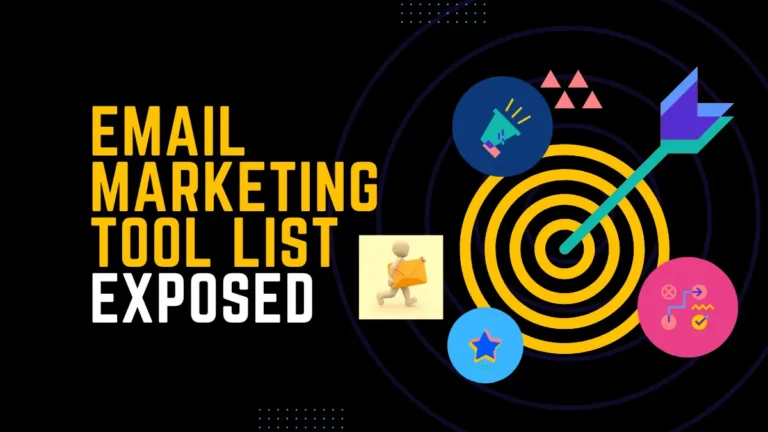One of the most cutting-edge technological advancements in recent years has been the internet. When it comes to internet alternatives, you should be prepared to see the metaverse take over. Through virtual reality and augmented reality, one can access the metaverse, a 3D representation of the internet.
Based on the metaverse craze, people have been motivated to develop virtual worlds. The metaverse allows for the spread of virtual worlds since it offers more immersive experiences than the internet.
With a solid basis, blockchain technology can create an open and decentralised metaverse. Currently, gaming NFT marketplaces show how the metaverse will develop into a virtual depiction of the real world. You can create a virtual environment, and many businesses are working on metaverse projects. How?
Understanding What is the Metaverse?
When we discuss the Metaverse, we don’t always mean a certain type of technology but rather how we interact with it. Virtual reality, which is characterized by persistent virtual environments that continue to exist even when the user is inactive, and amplified reality, which combines the actual world and the virtual world, are examples of metaverse technologies. In the most accurate representations of the Metaverse, it is possible to move virtual items across platforms, including clothing and cars.
On most platforms, virtual identities, avatars, and inventories are frequently connected to a single platform. A metaverse might be of assistance if you’re interested in developing a persona that can be moved from one platform to another. This will make it easier for us to understand the Metaverse and how it connects to digital avatars.
- In other words, the Metaverse won’t come to an end or start over.
- Even though the scheduled events will occur exactly as they do in real life, everyone’s experience of the Metaverse will be synchronized and in real time.
- In the Metaverse, individuals and organizations have the ability to produce something that is appreciated by others and then sell it or otherwise own it and profit from it.
- A metaverse with open and closed platforms, public and private networks, and virtual and physical worlds will be entwined.
- It offers an unprecedented level of digital asset and content interchange.
- Independent people, loosely organized groups, for-profit companies, and corporations will all contribute to the knowledge and experiences of the Metaverse.
How Can a Metaverse Virtual World Be Built?
To be useful, metaverse structures must allow persistence and interoperability as nearly as is practical to the real world. In order to facilitate transactions and lay the groundwork for future economic expansion, it must also be safe enough. The virtual environment must also be populated with experiences and content in accordance with its intended use. The creation of a metaverse app involves the following steps:
Step1: Choose the Metaverse Platform
The first step in launching a metaverse space or application is selecting a metaverse platform. One of the metaverse platforms that is now on the market is Facebook Meta. As an alternative, you can design your metaverse platform from scratch.
Although more expensive, it is more suited for specialized metaverse needs, such as those seen in enterprises. The platforms that are now available on the market are still in their infancy in terms of features, functionality, and developer communities.
Step 2: Building a Virtual Metaverse World
You must first learn how to use the metaverse platform in order to build the metaverse. Meta Spaces include things like virtual conference rooms, lecture halls, and even home theaters. A virtual reality headset can be used to enter Metaspace, a virtual setting. Within metaspace, communication with the surroundings and other individuals is possible.
You must build a virtual metaspace that might be a part of the Metaverse in order to create a virtual meeting space for your business. To construct the virtual 3D space, you’ll need the assistance of a multimedia development company with expertise in 3D design and virtual reality development.
Step 3: Create an interaction layer
In order for your user to interact with the metaspace you have developed, you must create an interaction layer. A dynamic 3D meeting room model, for instance, serves no purpose at all. The means through which users engage with a system are established by the interaction layer of an application.
The interface layer also describes the integration of the metaspace with other tools and software. For instance, the metaspace you’re creating should have APIs or SDKs for integrating Zoom calls, just in case. Hardware and external output devices like haptic gloves, smart glasses, virtual goggles, and VR headsets are also taken care of by this software.
Step 4: Create an interoperability layer
Operational processes may now make it easier to move data between different systems by using industry standards. Data and digital objects must be accessible to and usable by both humans and machines independently in order to be considered interoperable.
Interoperability standards act as a common language and set of expectations for interoperability between two parties. In the Metaverse, there exist payment gateways for digital money and cryptocurrency. If you want your virtual world to function properly, you must use a blockchain to route safe, transparent, and decentralised transactions.
Basics of the Metaverse World
Many individuals are interested in understanding “How to construct a metaverse virtual world?” because of the concept’s immense potential.
The foundation of the metaverse idea is the creation of a decentralised, open, shared, and persistent 3D virtual environment. The Metaverse uses a wide range of technologies, including extended reality, virtual reality, and immersive 3D settings. Another advantage of the Metaverse is interoperability, or the ability to transfer virtual objects between platforms fast.
Compared to Typical Online Interaction
Virtual reality has grown to include many different ideas and concepts since its inception. It focuses on building massive systems that enable social collaboration by combining actual sensory data from taste and smell. The user’s physical movements and computer-generated input are both part of an augmented reality environment. Instead of creating a totally virtual reality in the form of virtual reality or augmenting or changing our current reality, Metaverse merely concentrates on virtual worlds.
You can learn more about digital avatars and the Metaverse by studying the basic principles of Metaverse Store Setup. The following metaverse basic values must be upheld for virtual worlds in the metaverse to succeed.
Two of the most crucial characteristics for building a metaverse virtual environment are openness and tenacity. Metaverse ought to be accessible at all times and without limitations to everyone who wants to utilize it. Persistence is a crucial aspect of the Metaverse since it suggests that it will never reset or expire.
- A metaverse would encompass both open and closed platforms, private and public networks, and experiences in both the real and virtual worlds.
- The creation of a virtual world in the Metaverse depends on the creator economy. For organizations and people to create experiences and assets for the metaverse platform, there must be a fully functional economy.
- The Metaverse would offer a near-real-time experience with specified events occurring in the precise order they happen in the real world if it were synchronous and live.
- Interoperability between metaverse platforms for digital assets and content is also crucial.
- You might want an answer to the question “Can I design my own metaverse world?” in the final key value. It is feasible to build a metaverse virtual environment that can benefit both your business and other businesses in a variety of ways.
Important Characteristics of the Metaverse Virtual World
You’ll find it a lot simpler to understand and engage with the metaverse if you approach it like a game. It is only possible to construct a virtual metaverse environment using a combination of the following components.
Experiential Immersion
With the aid of technology advancements, virtual reality (VR) features are constantly being added to consoles, computers, and personal headsets. The improved translation of physical activities to the VR world can be facilitated by VR advancements. Then, the metaverse would surpass the constraints of PC-dependent headsets that rely on extraterrestrial tracking.
Accessibility Guidelines
The internet is typically seen as the forerunner to the next generation in the metaverse. In light of this, it makes sense that the responses to the question “Can I construct my own reality in the metaverse?” would draw attention to open standards. The fundamental premise of open metaverse standards is that there can never be a single authority in the metaverse.
Decentralized Economy
The metaverse also has to offer its creators a decentralised economy. You can only figure out how to create virtual worlds in the metaverse by taking into account the need for a decentralised economy. Participants in the metaverse must have the freedom to transfer assets while retaining complete ownership and control. Blockchain technology and cryptography can assist in the growth of a decentralised economy.
Bottom Line
Creating your own metaverse virtual environment requires a last step of summarizing the initial procedures. You can get assistance from a metaverse development company to set up a virtual environment in the metaverse using the most appropriate technologies for your needs. Understanding the core tenets of the metaverse is the first step in constructing a virtual world.
The characteristics that have fueled the metaverse’s expansion also require a plethora of norms and criteria. If you wish to build your own metaverse, you must start from scratch. It’s never too early to start learning about the metaverse and how to interact with it.
Read more: How Metaverse Is Taking VR and AR To The Next Level: An Analysis




